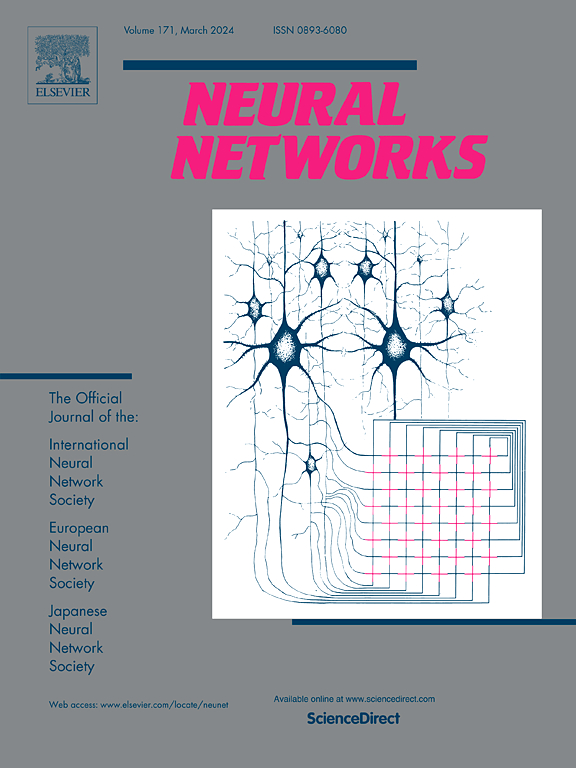Continual learning in the presence of repetition
IF 6
1区 计算机科学
Q1 COMPUTER SCIENCE, ARTIFICIAL INTELLIGENCE
引用次数: 0
Abstract
Continual learning (CL) provides a framework for training models in ever-evolving environments. Although re-occurrence of previously seen objects or tasks is common in real-world problems, the concept of repetition in the data stream is not often considered in standard benchmarks for CL. Unlike with the rehearsal mechanism in buffer-based strategies, where sample repetition is controlled by the strategy, repetition in the data stream naturally stems from the environment. This report provides a summary of the CLVision challenge at CVPR 2023, which focused on the topic of repetition in class-incremental learning. The report initially outlines the challenge objective and then describes three solutions proposed by finalist teams that aim to effectively exploit the repetition in the stream to learn continually. The experimental results from the challenge highlight the effectiveness of ensemble-based solutions that employ multiple versions of similar modules, each trained on different but overlapping subsets of classes. This report underscores the transformative potential of taking a different perspective in CL by employing repetition in the data stream to foster innovative strategy design.
求助全文
约1分钟内获得全文
求助全文
来源期刊

Neural Networks
工程技术-计算机:人工智能
CiteScore
13.90
自引率
7.70%
发文量
425
审稿时长
67 days
期刊介绍:
Neural Networks is a platform that aims to foster an international community of scholars and practitioners interested in neural networks, deep learning, and other approaches to artificial intelligence and machine learning. Our journal invites submissions covering various aspects of neural networks research, from computational neuroscience and cognitive modeling to mathematical analyses and engineering applications. By providing a forum for interdisciplinary discussions between biology and technology, we aim to encourage the development of biologically-inspired artificial intelligence.
 求助内容:
求助内容: 应助结果提醒方式:
应助结果提醒方式:


